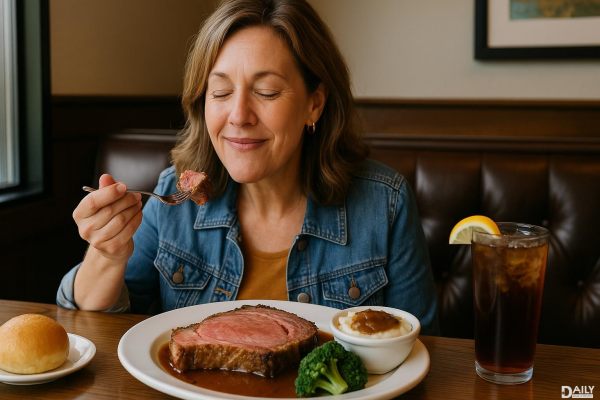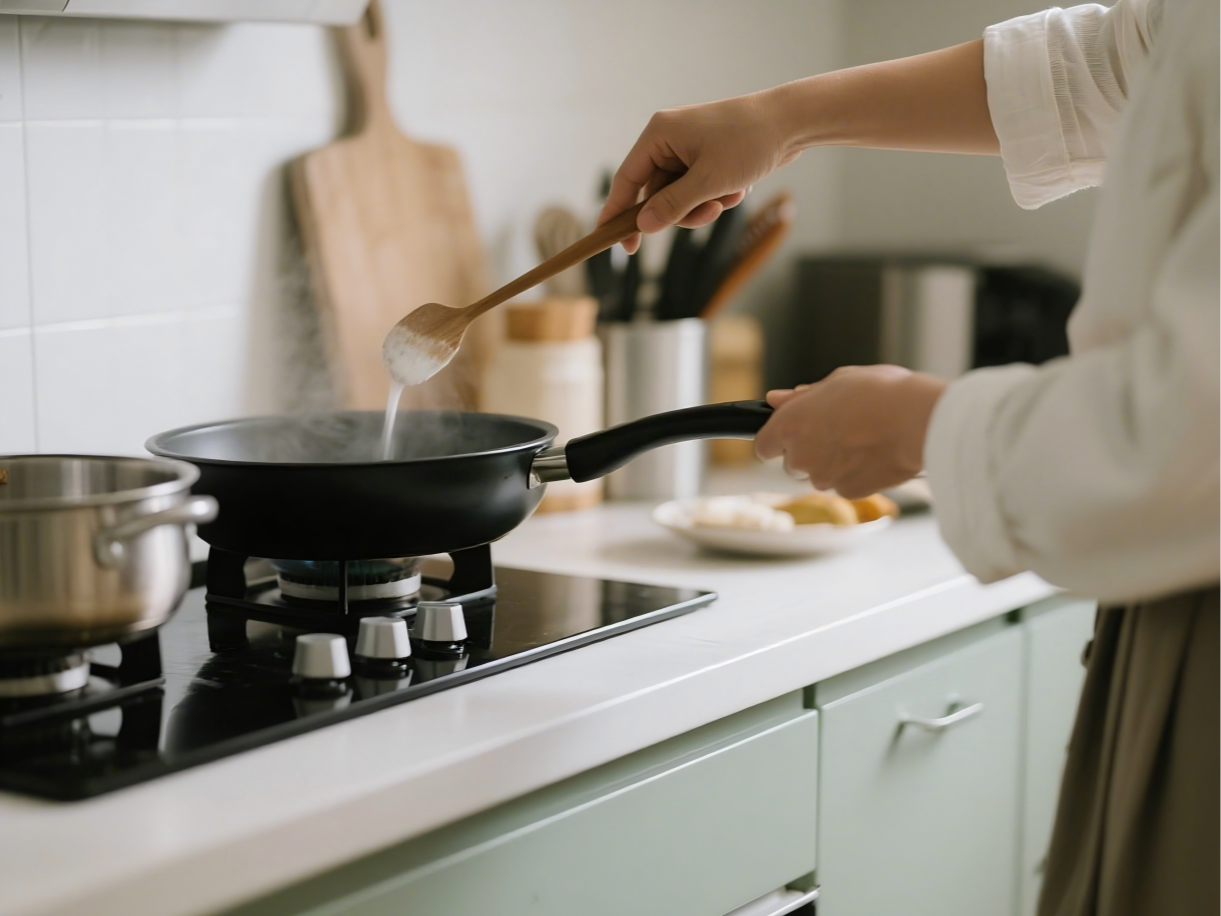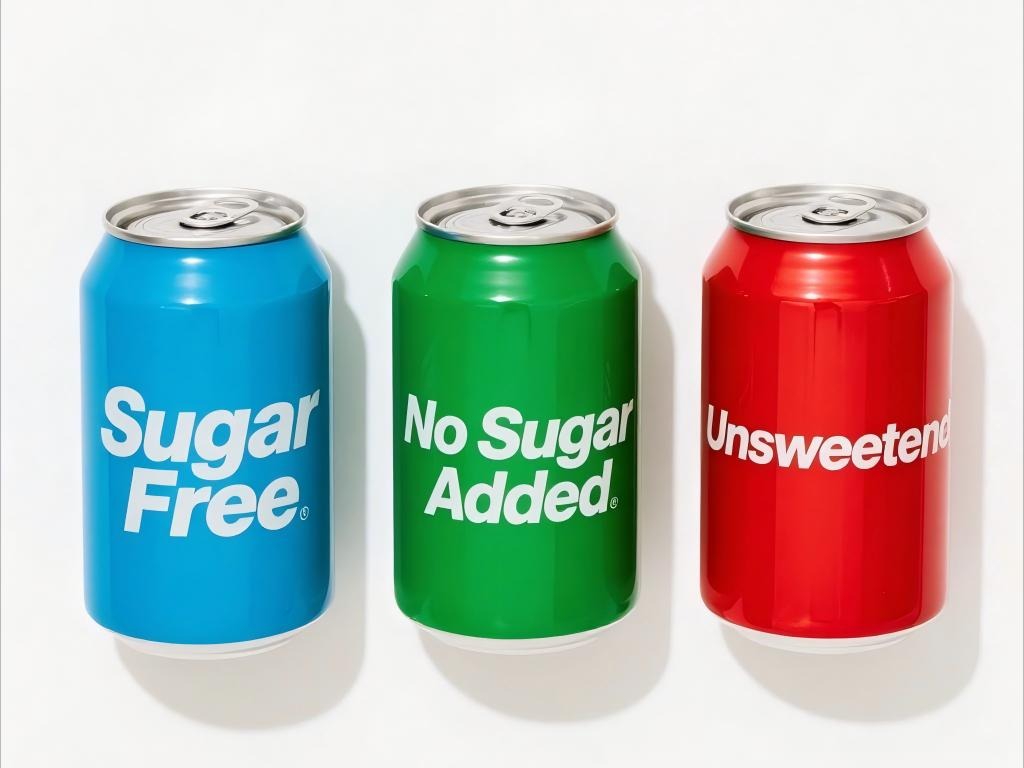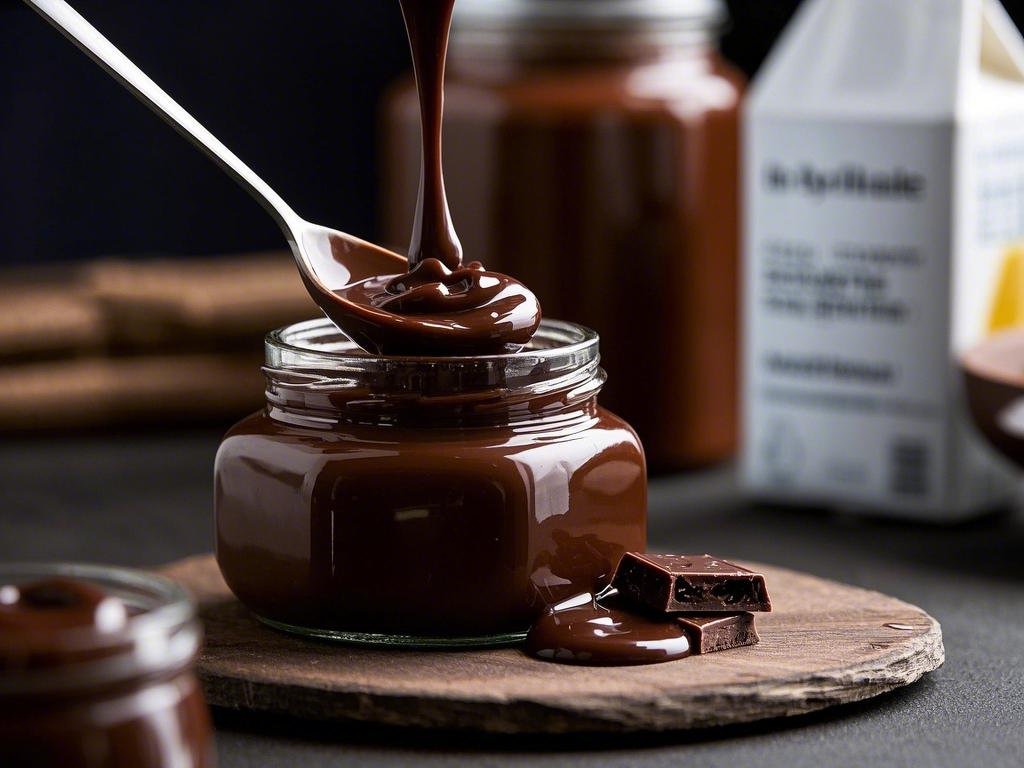If you’re dreaming of perfectly crispy bacon every single time, the stovetop method is your golden ticket. Forget the oven, the microwave, or any fancy gadgets—this classic technique is the real deal. With a little patience and the right approach, you’ll be flipping out bacon that’s golden, crunchy, and downright irresistible. Let’s dive into the nitty-gritty of how to master this breakfast staple like a pro.
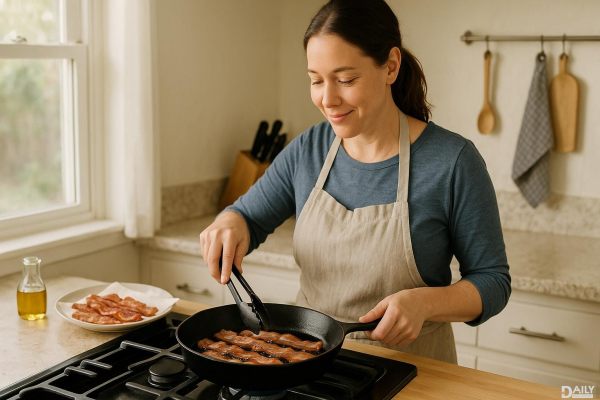
Here’s the deal: crispy bacon isn’t about cranking up the heat and rushing the process. In fact, that’s a surefire way to end up with burnt edges and chewy middles. The key is to cook your bacon low and slow. Start by laying your bacon strips in a cold skillet—yes, cold! This allows the fat to render gradually, which is essential for that perfect crispiness. Turn the heat to medium-low and let the magic happen. As the bacon cooks, you’ll notice the fat melting away, leaving behind those golden, crunchy strips you’re after.
Not all pans are created equal when it comes to bacon. A heavy-bottomed skillet, like cast iron or stainless steel, is your best bet. These pans distribute heat evenly, preventing hot spots that can lead to uneven cooking. Plus, they’re sturdy enough to handle the bacon’s fat without warping. Avoid nonstick pans if you can—they’re great for eggs but not ideal for achieving that crispy bacon texture.
Here’s where things get a little controversial. Some folks swear by flipping their bacon multiple times, while others let it do its thing without interference. The truth? A happy medium works best. Flip your bacon once or twice during the cooking process to ensure even browning. Use tongs to gently turn the strips, and don’t rush it—let each side get its time in the spotlight. This way, you’ll avoid undercooked spots and achieve that uniform crispiness.
As your bacon cooks, you’ll notice a pool of delicious, rendered fat accumulating in the pan. While it’s tempting to leave it there, draining some of it off can make a huge difference. Too much fat can cause the bacon to fry rather than crisp up. Use a spoon or a baster to remove excess fat as needed, but don’t toss it—save it for cooking eggs, roasting veggies, or adding flavor to other dishes. Waste not, want not!
How long should you cook your bacon? It depends on the thickness of the slices and your preferred level of crispiness. On average, it takes about 8 to 12 minutes for bacon to reach that golden, crunchy perfection. Keep a close eye on it, especially during the last few minutes, as it can go from crispy to burnt in a flash. When the bacon is done, transfer it to a paper towel-lined plate to absorb any remaining grease. Let it rest for a minute or two—it’ll crisp up even more as it cools.
Want to take your bacon game to the next level? Here are a few insider tips: First, try sprinkling a little brown sugar or black pepper on your bacon before cooking for a sweet or spicy twist. Second, if you’re cooking a large batch, work in smaller batches to avoid overcrowding the pan. Crowded bacon steams instead of crisps, and nobody wants that. Finally, experiment with different cuts—thick-cut bacon takes a bit longer but delivers a satisfying crunch, while thinner slices cook faster and get extra crispy.
There you have it—the foolproof stovetop method for crispy bacon every time. With a little practice, you’ll be the bacon hero of your household, serving up plates of golden, crunchy goodness that’ll have everyone coming back for more. So grab your skillet, fire up the stove, and get ready to bacon like a boss!



